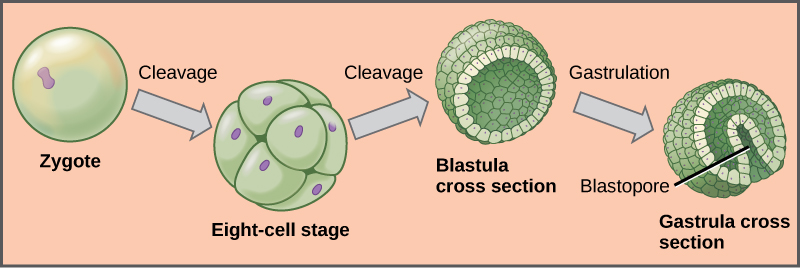Our Flyer!
Mountain Core Wildlife Preserve
Thursday, June 13, 2013
Enrichment Ideas
As you may know, all wild animals will come across a shortage of food, poor weather conditions, or a predator. But, since we are a preserve, we provide all the food the animals need, but we have nothing against predators or poor weather. We have decide to create a shelter for all the animals to come into in case of rain, snow, or winds. But so far we have nothing to protect our animals against predators, especially newborn babies. That is why, we will create a fence around some parts of the preserve and create a safe environment for the growing children.
Antler Growth
This is a diagram conveying the progressive growth of a buck's antlers over a period of 6 years.

http://scienceblogs.com/laelaps/2009/03/18/a-sign-of-the-spines/
This is a diagram conveying the progressive growth of a buck's antlers over a period of 6 years.
http://scienceblogs.com/laelaps/2009/03/18/a-sign-of-the-spines/
External Look
Zygote to the Bastula Stage

- Zygote= a cell that is a result from fertilization.
- Zygotes undergo mitotic cell divisions, or mitosis, to become an embryo.
- The blastula= an early stage of embryonic development in animals. It is also called the blastosphere.
- Cleavage= the division of cells in the early embryo. The zygotes go through rapid cell cycles with no significant growth and produces many cells the same size as the original zygote.
- End of cleavage is known as midblastula transition
- After cleavage has produced over 100 cells the embryo is called a blastula.
Development of the Four Chambered Heart
As warm-blooded animals, deer's use a lot of energy and therefore need a great supply of oxygen for their activities. Thanks to the four-chambered heart, they are at an evolutionary advantage: they're able to roam, hunt and hide even in the cold of night, or the chill of winter.
Subscribe to:
Comments (Atom)

